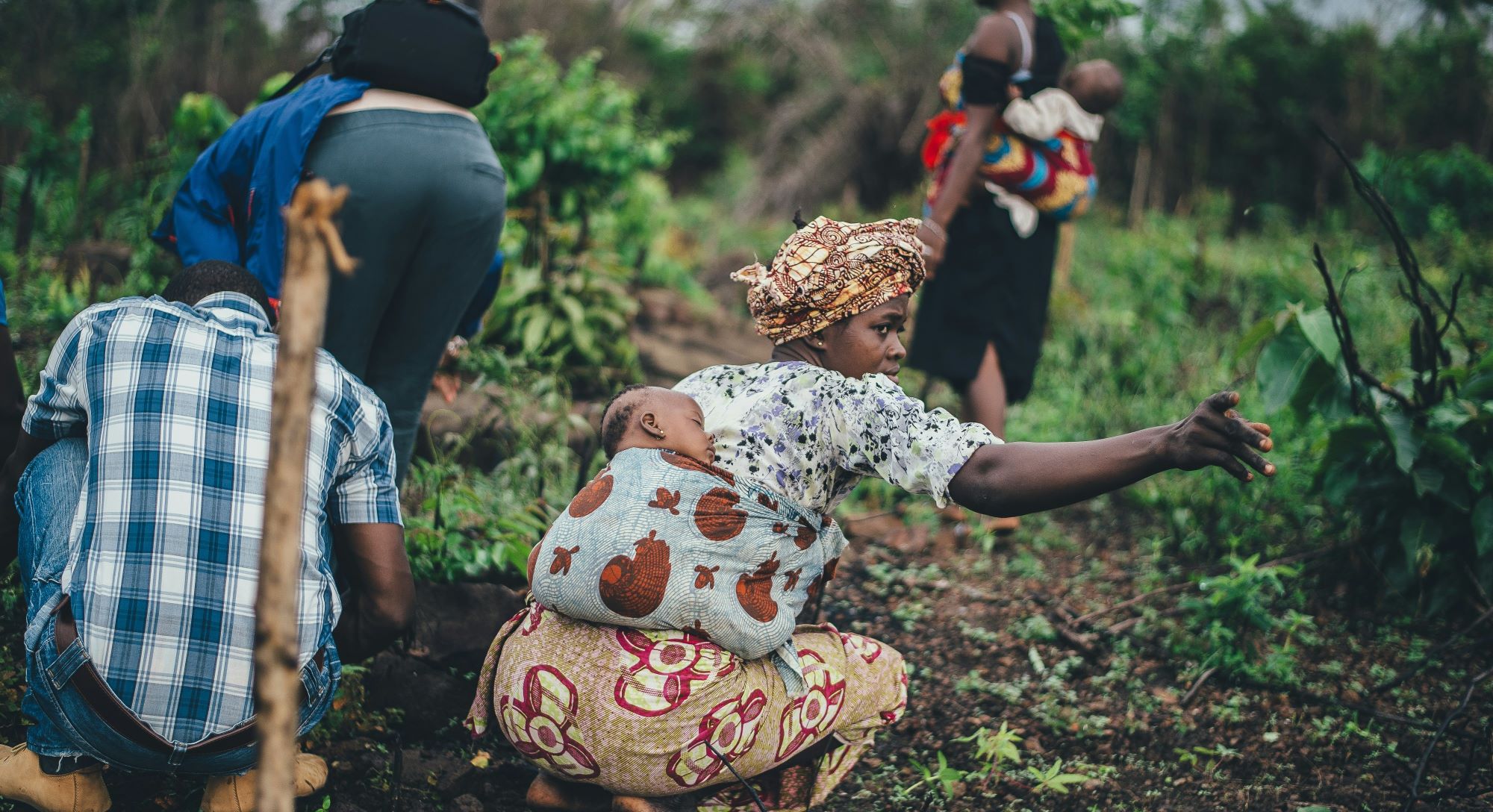Plant symbiosis is a captivating phenomenon that unfolds in the intricate tapestry of nature. It unveils the remarkable power of teamwork and interdependence as plants forge alliances to support each other, share resources, and enhance their overall well-being. The lessons embedded within these botanical partnerships offer profound insights that extend far beyond the confines of the natural world. Plant symbiosis refers to a mutually beneficial relationship between plants and other organisms where both parties benefit from the association. Symbiotic relationships in plants can take various forms, including mutualistic, commensal, or parasitic interactions. Mutualistic symbiosis is the most common type, where the plant and the symbiotic organism benefit from the relationship. Examples of plant symbiosis include mycorrhizal associations, where fungi colonize plant roots to facilitate nutrient uptake, and nitrogen-fixing bacteria that form nodules on the roots of leguminous plants, providing them with essential nitrogen while utilizing plant-derived carbohydrates.
Let’s delve into the enchanting realm of plant cooperation and unravel the wisdom it holds for us.
The Power of Collaboration
In the intricate dance of nature, plants demonstrate the profound power of collaboration. Consider the remarkable symbiotic bond between beans and nitrogen-fixing bacteria as an illuminating example. A hospitable environment is provided for these bacteria to thrive within the root clusters of beans. In reciprocation, the bacteria diligently convert atmospheric nitrogen into a readily accessible form for plants, thereby enriching the soil and nurturing the growth of not only beans but also neighbouring plants. This harmonious exchange exemplifies the age-old principle that by extending support to others, we fortify the collective resilience and prosperity of the community. It underscores the inherent wisdom of cooperation, reminding us of the interconnectedness and interdependence that permeate the natural world. Through such symbiotic partnerships, plants exemplify the transformative potential of collaboration in fostering abundance and vitality within ecosystems.
Sharing resources and knowledge
Within the verdant tapestry of nature, plants showcase an intricate web of interconnectedness, embodying the virtues of generosity and altruism through resource and knowledge sharing. Through ingenious mechanisms, older and stronger plants gracefully channel surplus nutrients to their younger or weaker counterparts, safeguarding the collective vitality of the plant community. This symbiotic gesture underscores the profound principle of reciprocity, where abundance is nurtured through acts of giving and receiving. Similarly, as stewards of our human society, embracing a spirit of generosity and resource sharing fosters a culture of inclusivity and empowerment. By cultivating an environment where knowledge flows freely, and resources are distributed equitably, we lay the groundwork for a resilient and flourishing community. This ethos of mutual support and collaboration not only strengthens bonds but also propels us towards collective prosperity and well-being.
Balancing Competition and Cooperation
In the grand drapery of natural ecosystems, the delicate balance between competition and cooperation is a fundamental principle that shapes the dynamics of life. While plants fiercely compete for vital resources like sunlight, water, and nutrients, they also recognise the immense benefits of collaboration. Through a fascinating phenomenon known as “allelopathy,” certain plants release chemical compounds into the soil that inhibit the growth of competing species while promoting the growth of compatible ones, illustrating the intricate interplay between competition and cooperation. This dual nature of plant behaviour highlights the importance of balancing healthy competition and mutual support within ecosystems. Just as plants compete for resources, they also rely on cooperation to thrive in their environments. This duality mirrors the complexity of human interactions, where competition can drive innovation and progress. Still, cooperation fosters unity and collective well-being. By observing nature’s example, we gain insights into the power of collaboration amidst competition, emphasising the importance of finding harmony between individual pursuits and collective goals in our human societies. In fostering a culture that values both competition and cooperation, we create environments where individuals can excel while fostering a sense of community and shared prosperity.
Embracing Diversity for Collective Growth
Embracing diversity within plant symbiosis cultivates a rich array of coexistence, where numerous species harmoniously interact, each contributing unique advantages to the ecosystem’s vitality. Companion planting exemplifies this principle, as specific plants strategically cohabit to nurture growth and deter pests. For example, marigolds planted alongside vegetables serve as natural repellents, reducing the need for chemical pesticides while promoting overall ecosystem health. This intricate web of cooperation underscores the importance of embracing diversity within human communities as well. In diverse societies, varying perspectives, experiences, and skills converge to foster resilience, creativity, and adaptability. By valuing and integrating diverse voices and talents, communities thrive, collectively harnessing the power of innovation to address challenges and forge a brighter future. Thus, recognizing and celebrating diversity, both in nature and in society, paves the way for collective growth and prosperity.
Applying Lessons in Sustainable Agriculture
The principles of plant symbiosis offer invaluable insights for sustainable agriculture, guiding farmers towards practices that prioritise both productivity and environmental stewardship. Inspired by the cooperative relationships observed in nature, Companion planting emerges as a powerful tool for promoting healthier and more resilient crop growth. Farmers can tap into nature’s inherent wisdom to naturally repel pests, suppress weeds, and enhance soil fertility through nitrogen fixation and nutrient cycling by strategically intermixing diverse plant species within their fields. Moreover, by fostering biodiversity within agricultural landscapes, farmers mitigate the risk of crop failures and pest outbreaks while promoting the overall resilience of their ecosystems. These ecologically sound practices not only minimise the reliance on synthetic inputs like fertilisers and pesticides but also contribute to the preservation of biodiversity and the conservation of natural resources. By applying lessons learned from plant symbiosis, sustainable agriculture can thrive, ensuring food security and environmental sustainability for generations to come.


Julio Payne
I have been surfing online more than 3 hours today, yet I never found any interesting article like yours. It is pretty worth enough for me. In my opinion, if all web owners and bloggers made good content as you did, the web will be much more useful than ever before.